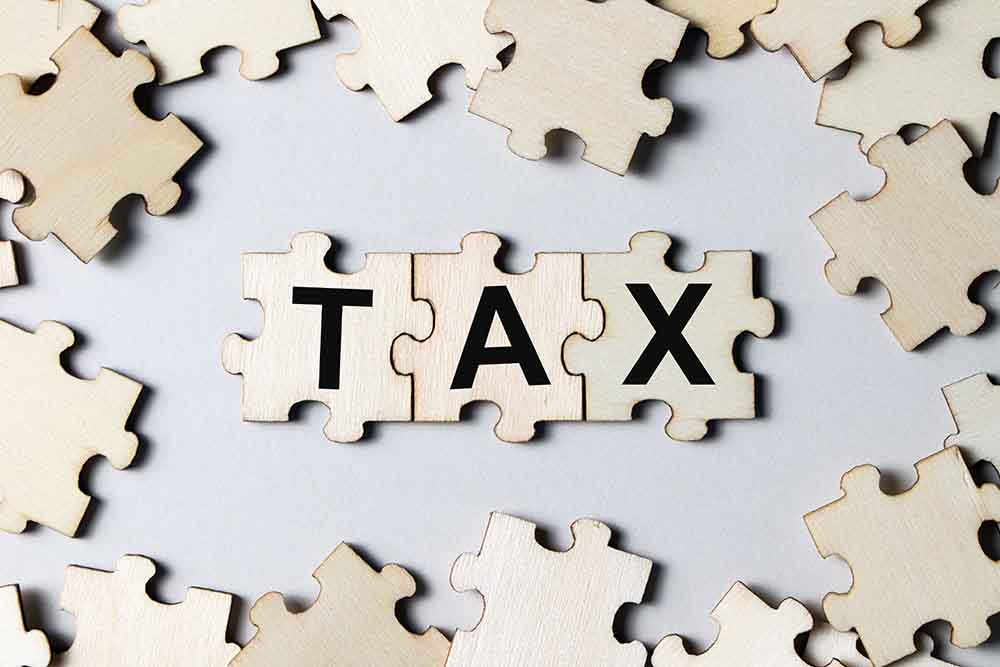 Last November 10, I wrote that U.S. long bond yields were at record lows in a bond market that had experienced, with some interruptions, a record 30-year secular bull run. From the 1981 double-digit interest rate peaks, as the U.S. Federal Reserve Board and other central banks sought to, and succeeded in, breaking the back of inflation, rates slid more than 10% from each maturity point on the yield curve, down to below 3%, even for the longest and most volatile maturities.
Last November 10, I wrote that U.S. long bond yields were at record lows in a bond market that had experienced, with some interruptions, a record 30-year secular bull run. From the 1981 double-digit interest rate peaks, as the U.S. Federal Reserve Board and other central banks sought to, and succeeded in, breaking the back of inflation, rates slid more than 10% from each maturity point on the yield curve, down to below 3%, even for the longest and most volatile maturities.
Mea Culpa, but thesis still not dead, just resting
When I wrote that opinion piece, I contended that this very long bull run in bonds was destined to come to an end, if not right then, soon. Well, it could be “soon” in a historical context should we look back in a few months, quarters or years, but it did not turn out to be imminent. I will get into possible reasons a bit later.
Rates have continued to fall, and the 30-year Treasury, which I consider the true benchmark, yields just below 2.6%. In November, its yield was 2.9% or thereabouts. The change is small in absolute terms but important for capital appreciation. As interest rates fall, bond duration increases and approaches that of the bond’s maturity.
Duration is rising and important to bond returns
Duration is the present-value weighted average timing of the cash flows of a financial instrument such as a bond. A zero-coupon bond has a duration equal to that of its maturity. A change in interest rates for a zero-coupon bond directly changes its price by the same percentage amount, times its maturity. A 0.3%, or 30 basis points, change in the yield will cause a 0.3% change in the price of the bond times its maturity or, in the case of a 30-year zero-coupon bond, 9%. For a conservative investment, this is a big move in a short period.
Treasury bonds are not principally issued in the zero-coupon mode (however, investment dealers can sell them that way as strips). Yet, their duration is already approaching their maturity, and fast, as interest rates decline. At today’s 30-year yield of 2.9%, the (modified) duration is 20.07 years, so a further 10 basis point drop in rates will provide a gain of 2.0%; 0.25% will provide more than 5.0% in capital gain.The less-than-current inflation coupon adds to the return.
For 10-year Treasuries, which yield just 1.7%, it is even more pronounced. Their duration is 9.16, less than a year from maturity. A mere five basis point drop in rates gives a 0.46% price appreciation; 10 basis points give more than 0.9%; a 0.25% drop in yield gives 2.3%. As in the case of 30- year Treasuries, these gains dwarf the actual coupon yield and are most of the total return to the investor.
View entire study as PDF (13 Pages)


